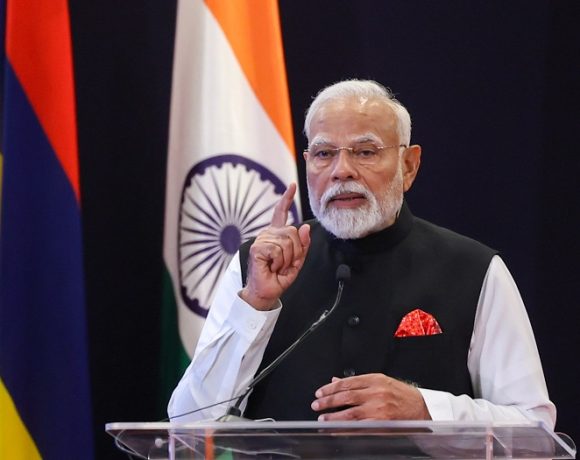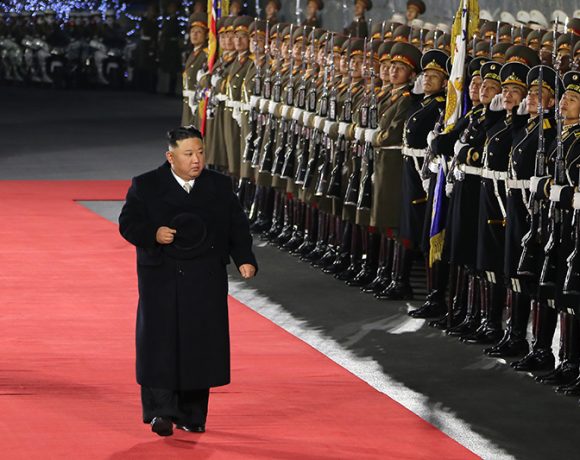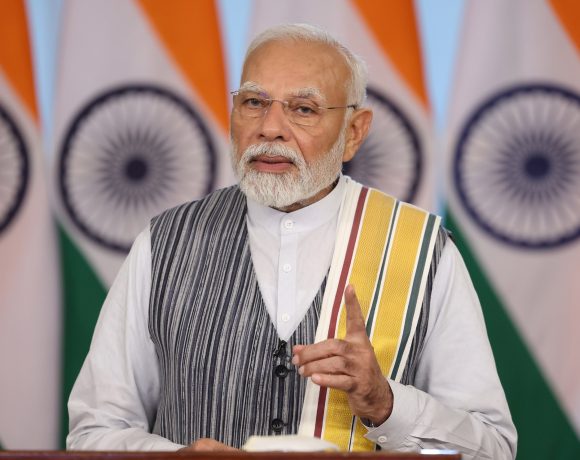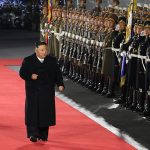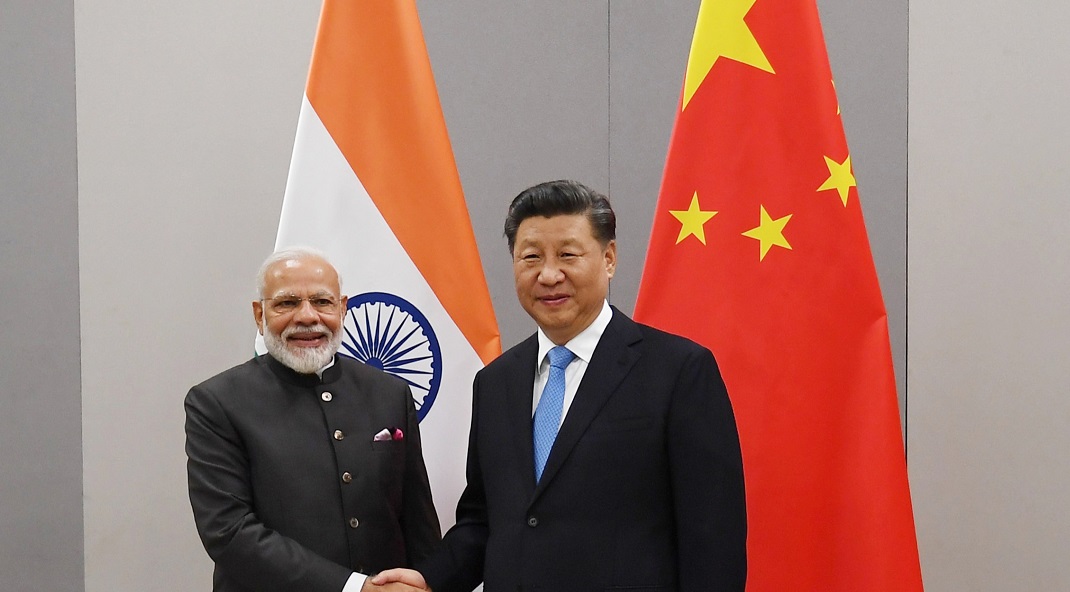
Indian, Chinese Troops Begin Disengagement in Eastern Ladakh
In a significant development, Indian and Chinese troops have commenced phased disengagement at key friction points in eastern Ladakh, including Depsang and Demchok.
Defence officials confirmed that Indian forces have begun pulling back equipment to rear locations, following agreements reached between the two nations to ease tensions along the Line of Actual Control (LAC).
The Ministry of External Affairs (MEA) announced the disengagement on October 21, marking a breakthrough after extensive diplomatic and military discussions. Foreign Secretary Vikram Misri, while addressing a briefing on Prime Minister Modi’s visit to Russia, highlighted the importance of the agreement in resolving long-standing tensions.
Progress After Years of Standoff
Misri noted that negotiations had been ongoing for several weeks, with military commanders playing a critical role in discussions aimed at addressing the standoffs that have persisted since 2020. He emphasized that this agreement paves the way for a phased disengagement and a potential resolution of issues arising from the 2020 confrontations between Indian and Chinese troops.
The clashes between India and China in June 2020, particularly the violent face-off in Galwan Valley, resulted in casualties on both sides and marked the peak of tensions along the LAC. This latest agreement represents a critical step toward stabilizing relations between the two nations, as both seek to manage their border disputes and prevent further military confrontations.
Path to Stability
Misri underscored that discussions at both diplomatic and military levels have led to the resolution of standoffs in several areas, while the latest agreement focuses on patrolling arrangements along the LAC. The disengagement process is seen as a move toward restoring peace and stability in the region.
India and China have held multiple rounds of military talks since the initial clashes in May 2020, and this latest step indicates progress in reducing tensions along the disputed boundary. The agreement marks a positive direction for both countries as they continue to address unresolved issues and work toward peaceful coexistence along the LAC.



